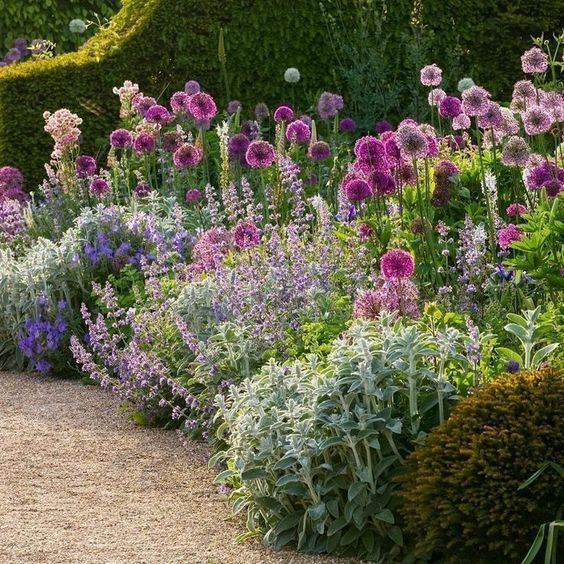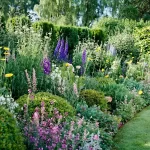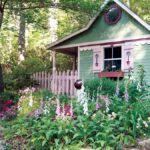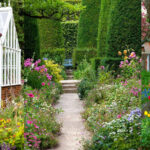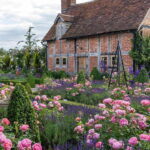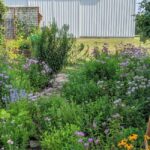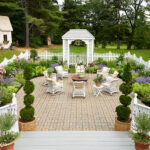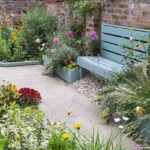Cottage gardens are a charming and traditional style of gardening that harkens back to the days of simpler living. These gardens are characterized by their informal design, abundance of plants, and lush, mixed borders. Originating in England in the 19th century, cottage gardens were typically found around modest rural homes, or cottages, and served as a source of food as well as beauty.
The key feature of a cottage garden is the profusion of plant species that grow together in a seemingly random but harmonious way. Flowers, herbs, vegetables, and shrubs are all intermingled to create a riot of color and texture. This eclectic mix of plants not only adds visual interest but also attracts pollinators and beneficial insects, creating a thriving ecosystem.
Traditional cottage garden plants include old-fashioned favorites like roses, lavender, peonies, and delphiniums. These plants are chosen for their romantic charm and nostalgic appeal, evoking a sense of nostalgia for a bygone era. In addition to ornamental flowers, cottage gardens often include herbs and vegetables for practical purposes, such as rosemary, thyme, and tomatoes.
To create a cottage garden of your own, start by selecting a sunny spot with well-draining soil. Cottage garden plants thrive in full sun and do best in rich, fertile soil. Begin by choosing a few key plants that you love and build around them, adding in complementary species to fill out the garden and create a harmonious balance of color and form.
Maintaining a cottage garden involves regular pruning, deadheading, and dividing plants as needed to keep everything looking its best. Cottage gardens have a relaxed and informal feel, so don’t worry too much about keeping things neat and tidy – a slightly overgrown look is part of their charm. Embrace the wild and unruly nature of these gardens, and let your plants grow and mingle as they please. With a little effort and a lot of love, you can create a magical and enchanting cottage garden that will delight you for years to come.
